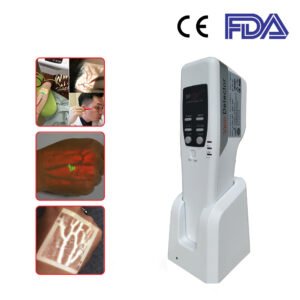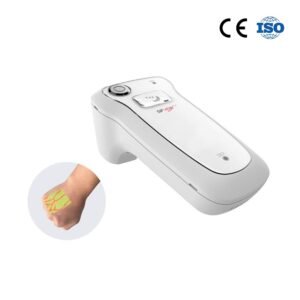Intravenous Antibiotics Injection for Lyme Disease Patients
Lyme disease is an infectious disease caused by the Borrelia bacterium which is spread by ticks. The most common sign of infection is an expanding area of redness on the skin, known as erythema migrants, that appears at the site of the tick bite about a week after it occurred.
In the early stages of Lyme disease, people treated with appropriate antibiotics usually recover rapidly and completely. Antibiotics commonly used for oral treatment include doxycycline, amoxicillin, or cefuroxime axetil. However, people with certain neurological or cardiac forms of the illness may require Intravenous Treatment (IV) with antibiotics such as ceftriaxone or penicillin.
The antibiotic is administered through a small narrow flexible tube called a catheter or IV line, which is inserted into a vein using a needle. The needle is removed, and the IV line is left in place and secured by a dressing. There are different types of IV lines available, and the one chosen for your treatment will depend on your veins and how long you will need the antibiotics.
Typical IV therapy consists of a 2- to 4-week course. The patient undergoes a daily antibiotics injection which has been proven to be very effective. However, for some patients, it can be a bit long and discomforting process. A daily injection can represent a nightmare for those patients whose veins are hard to to detect.
Thus, a vein finder is really recommended for rheumatologists. The FDA Portable Vein Detector SIFVEIN-5.2 is perfect here since it provides a significant help for patients of all ages and solves various difficulties that might face the medical staff, such as: obesity, swollen tissue, hairy skin, dark skin, hypovolymia, etc.
The vein detector assists medical professionals to locate and find veins quickly and accurately during IV, increasing the success rate of the procedure. It relieves nurses’ work pressure, reduces the patient’s pain and fear and improve the quality of medical services.
The portable device SIFVEIN-5.2 also helps patients to receive their treatments from home on their own. Because of the terrifying outbreak of epidemic diseases, particularly the novel coronavirus (COVID-19), hospitals and medical facilities are not now truly safe havens for recovery and rehabilitation. Ironically enough, in most infected countries, they are now considered as bacterial hotspots and breeding grounds for Hospital Acquired Infections.
SIFSOF vein viewers are easy to use and allow patients to detect their own veins and easily do the antibiotic injections (if they’re well trained to do so) without taking the burden paying some daily unnecessary visits to the hospital.
Reference:
Lyme disease
Stanford Medecine
[launchpad_feedback]
Disclaimer: Although the information we provide is used by different doctors and medical staff to perform their procedures and clinical applications, the information contained in this article is for consideration only. SIFSOF is not responsible neither for the misuse of the device nor for the wrong or random generalization of the device in all clinical applications or procedures mentioned in our articles. Users must have the proper training and skills to perform the procedure with each vein finder device.
The products mentioned in this article are only for sale to medical staff (doctors, nurses, certified practitioners, etc.) or to private users assisted by or under the supervision of a medical professional.



